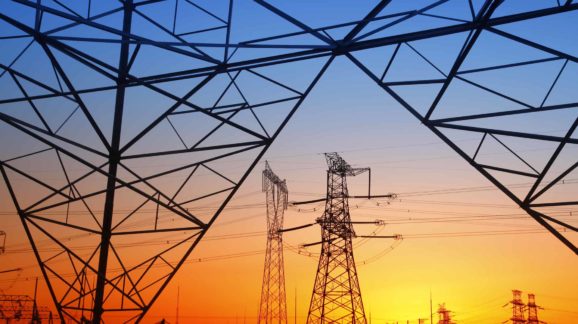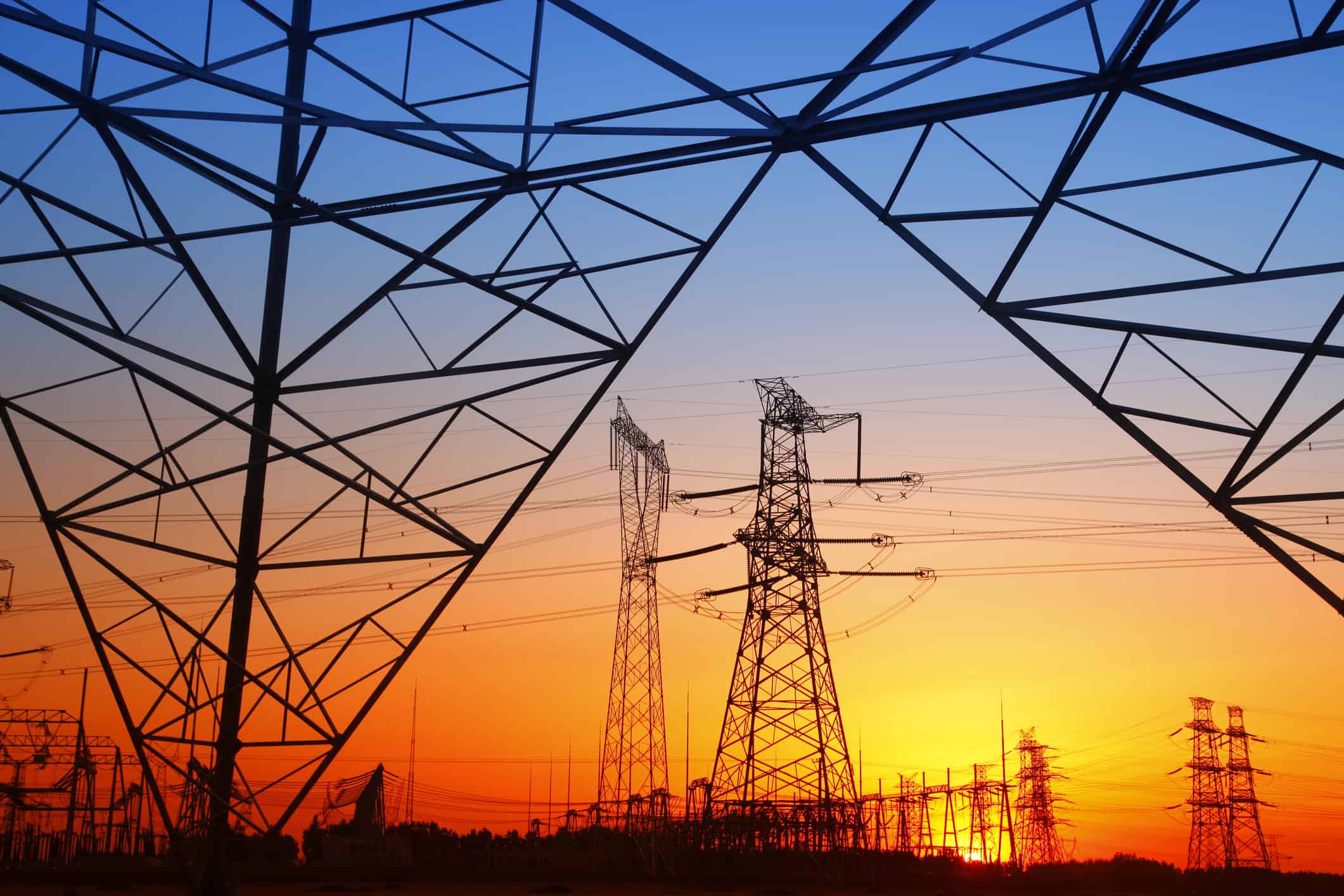Issues to Watch in Next Week’s Clean Power Plan Oral Argument

 Next week the D.C. Circuit Court of Appeals hears oral argument on EPA’s so-called Clean Power Plan (CPP), which establishes first-ever carbon dioxide (CO2) emission performance standards for “existing” coal and natural gas power plants. The CPP is both the centerpiece of President Obama’s domestic climate policy and the core component of his emission reduction pledge to the United Nations under the global climate pact negotiated in Paris last December. The Court will no doubt face pressure to decide that the CPP is a presidential “legacy policy” and, therefore, too big to fail.
Next week the D.C. Circuit Court of Appeals hears oral argument on EPA’s so-called Clean Power Plan (CPP), which establishes first-ever carbon dioxide (CO2) emission performance standards for “existing” coal and natural gas power plants. The CPP is both the centerpiece of President Obama’s domestic climate policy and the core component of his emission reduction pledge to the United Nations under the global climate pact negotiated in Paris last December. The Court will no doubt face pressure to decide that the CPP is a presidential “legacy policy” and, therefore, too big to fail.
However, the CPP’s legal flaws are many and fatal. Perhaps the best concise yet technically rigorous exposés of the Power Plan’s legal defects are the motions that prompted the Supreme Court to take the extraordinary step of staying the rule. The relevant documents are the Coal Industry Motion to Stay, the U.S. Chamber of Commerce/National Association of Manufacturers-led Industry Motion to Stay, and the West Virginia/ Texas-led States Motion to Stay.
Here are some key criticisms of the CPP the Court will address.
(1) Section 111(d) of the Clean Air Act (CAA), EPA’s putative authority for the Power Plan, actually precludes EPA from regulating CO2 emissions from existing power plants. As amended in the 1990 Clean Air Act Amendments, 111(d) excludes from its scope of authority “sources”—i.e. stationary emitting facilities—already regulated under the section 112 hazardous air pollutant program. Coal power plants have been regulated under section 112 since 2011.
(2) Power plant owners and operators, and their economic transactions in the nation’s electricity marketplace, are not a “source” subject to regulation under CAA section 111. The provision defines “source” as “any building, structure, facility, or installation which emits or may emit any air pollutant.” Sources are individual physical objects. In stark contrast, the CPP primarily regulates the investments and transactions of owners and operators outside the source. That is unprecedented and flouts clear statutory language.
(3) The CPP’s so-called performance standards are actually non-performance mandates. EPA came up with emission-rate standards for existing coal and natural gas power plants not by examining the commercial viability of control technologies or practices individual sources might adopt but by reasoning backward from the total CO2 emission reductions the agency thinks the U.S. power sector can achieve by producing less electricity from coal and more from renewables. So EPA set emission “performance” standards for existing, decades-old, power plants that are infeasible and unaffordable even for new state-of-the-art power plants. To comply, source owners must invest in renewable generation, reduce output from their coal and gas power plants, or simply shut those facilities down. Producing less power or closing a plant does not improve its environmental performance. “Produce less,” “close the plant,” or “subsidize your competitor’s wind farm” are not valid Clean Air Act performance standards.
(4) EPA is not an electricity czar. EPA, the federal air quality regulator, is attempting to inflate section 111(d), a three-sentence provision plainly intended and previously used solely to establish guidelines for pollution control technologies and work practices inside particular facilities, into a mandate to restructure the total U.S. electric supply system. Congress denied that power even to the Federal Energy Regulatory Commission, leaving authority over electric resource planning and development to the states.
An issue the Court will not address in this litigation is whether the CPP’s prerequisite rulemaking, EPA’s so-called Carbon Pollution Rule establishing CO2 performance standards for new coal and gas power plants, is valid. Performance standards are to reflect the “best system of emission reduction” (BSER) that is “adequately demonstrated,” meaning both feasible and affordable. The new source rule assumes that “partial carbon capture and storage” (CCS) is the adequately demonstrated BSER for new coal power plants. It is not.
Despite billions in government support over more than a decade, there is still no utility-scale CCS power plant in regular commercial operation anywhere in the world, none is being built without lavish taxpayer and ratepayer subsidies, and installing CCS can add billions to the cost of a new coal power plant.
More importantly, as my colleague William Yeatman was the first to point out, CCS cannot be a best system of emission reduction because, in actual commercial practice, it increases CO2 emissions from coal power plants. To be economical even with subsidies, a CCS coal power plant must sell the captured CO2 to companies engaged in enhanced oil recovery (EOR) operations. However, more CO2 is released when the recovered oil is combusted than is injected underground to bring the oil to the surface.
Department of Energy and EPA data imply that, on a life cycle basis, CCS combined with EOR emits about 1.4-2.6 tons of CO2 for every ton stored underground. In commercial practice, a CCS power plant emits more CO2 than does a conventional coal power plant.
For further discussion and supporting links, see Southern Company Power Plant Investigation Misses Larger Policy Scandal.